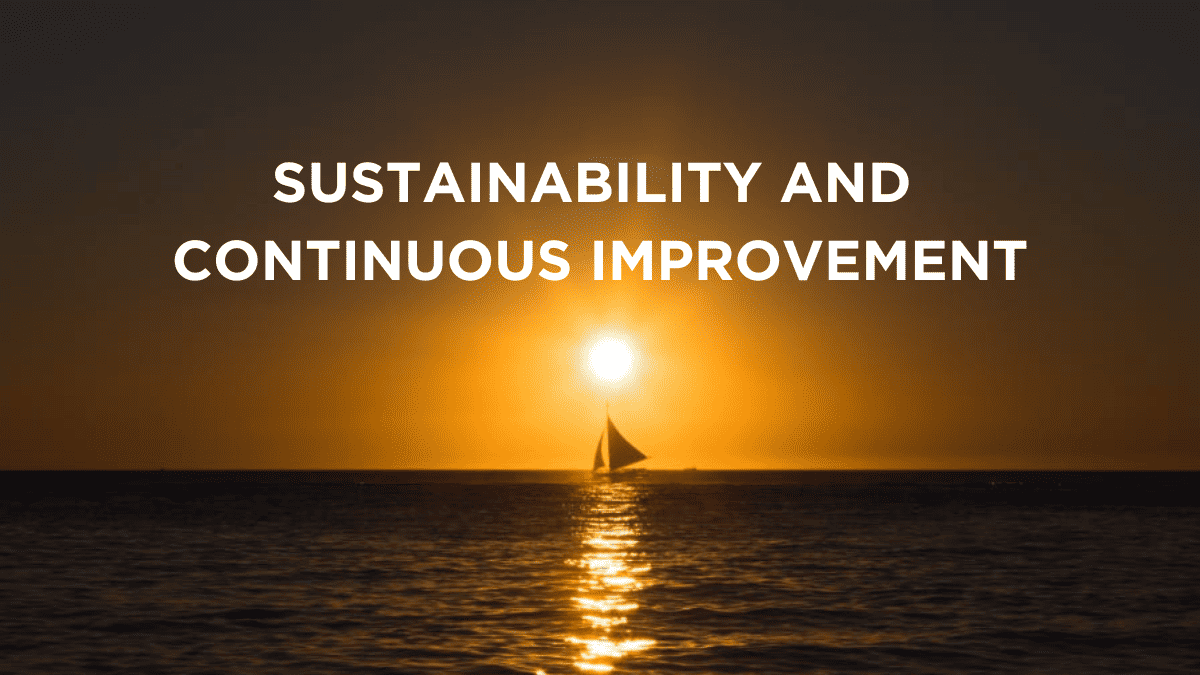After riding the wave of scaling, businesses face new challenges: sustaining growth and continuously innovating to remain relevant. This final chapter in the ‘Idea to Scale’ series explores navigating this delicate balance, ensuring long-term success and adaptability in a dynamic market.
1. Sustaining Growth:
Sustaining growth is one of the cornerstones of long-term success; there are a few factors to consider while aiming for sustained growth over a long period of time:
Diversification:
- Product/Service Expansion: Continually expand and refine the product/service portfolio to meet evolving market needs.
- Market Diversification: Entering new markets to reduce dependency on existing ones.
Customer Retention and Expansion:
- Customer Success: Developing programs that reward customer loyalty and encourage repeat business. You must also continuously improve the customer experience to ensure that they don’t churn.
- Customer Feedback: Regularly collect and act upon customer feedback to improve offerings.
2. Continuous Improvement:
Innovation Culture:
- Fostering Creativity: Fostering a culture where team members are encouraged to think creatively and propose new ideas. Over time, the organization is as good or bad as its people. Building a culture to develop, nurture, and retain talent is important.
- Investing in R&D: Allocating resources for research and development to stay ahead of the competition.
Operational Efficiency:
- Process Optimization: Regularly review and refine operational processes to improve efficiency and reduce costs.
- Adopting New Technologies: Staying abreast of technological advancements and incorporating relevant tools to enhance operations and offerings.
3. Adapting to Market Changes:
Market Trends:
- Staying Informed: The market is a dynamic creature. Keeping abreast of market trends and adapting to changes and shifts in the market.
- Customer Behavior Analysis: Analyzing changes in customer behavior and adjust offerings in the market.
Risk Management:
- Scenario Planning: Planning for different market scenarios and developing strategies to navigate them.
- Financial Management: Ensuring financial stability and capital availability to weather short term and unexpected financial risks.
Sustainability and continuous improvement are the linchpins of long-term business success post-scaling. By staying adaptable, fostering innovation, and maintaining a keen focus on market trends and customer needs, businesses can navigate the complexities of this stage and set the foundation for enduring success.
Recap and Conclusion
Reflecting on our journey from Idea to scale, each stage has key lessons and moments that are essential for everyone on the entrepreneurial journey. I have tried to capture a few key moments and critical lessons from each stage below:
1. The Eureka Moment
The inception of an idea is just the start. The ability to identify its uniqueness and market potential is what sets the foundation for a viable business.
2. Building the Dream Team
Assembling a team with a shared vision yet diverse skills is a crucial step, highlighting the importance of synergy in driving success.
3. Crafting Your Startup’s North Star
The development and refining of the mission and vision are foundational in guiding the company’s direction and enabling a cohesive organizational culture.
4. The MVP Blueprint
It is essential to get customer feedback and focus on iterative improvement, reinforcing the principle that perfection is a continuous pursuit.
5. Navigating the Product Development Labyrinth
The evolution from MVP to a full-fledged product is a journey of refinement, learning to balance features with usability and market needs.
6. Mastering the Go-to-Market Strategy
Crafting a nuanced and informed GTM strategy is essential in positioning the product effectively and making an impactful entry into the market.
7. The Pivot: Navigating Your Startup’s Course Correction
Embracing change and adaptability in the face of crisis is essential. The ability to pivot, reassess, and realign strategies is a testament to the ever-evolving nature of startups.
8. Scaling Up: How Growth Changes a Startup’s Outlook
The transition from a startup to a scaleup is transformative, requiring re-evaluating processes, structures, and strategies to sustain growth.
9. Sustainability and Continuous Improvement
Learning to balance innovation with consistency and adaptability with stability is integral in ensuring longevity in the market.
As we wrap up the ‘Idea to Scale‘ series, I hope this journey has provided insights and guidance for budding entrepreneurs and established businesses alike. By embracing adaptability, fostering innovation, and maintaining a keen focus on market trends and customer needs, businesses can navigate the complexities of the entrepreneurial landscape and build a lasting legacy of success and change.
Thank you for joining me on this journey, I appreciate the time you take to read and engage on these posts, and here’s to your continued success and growth!

